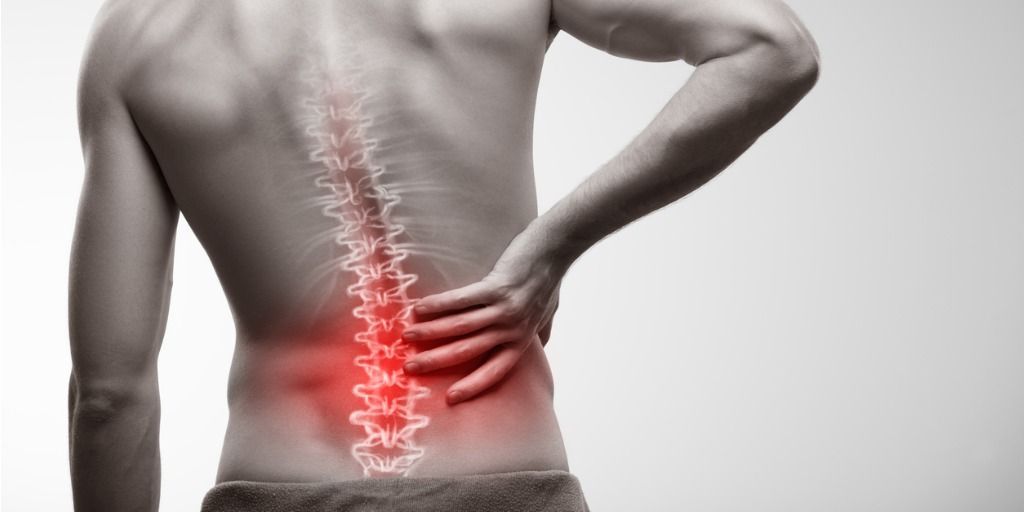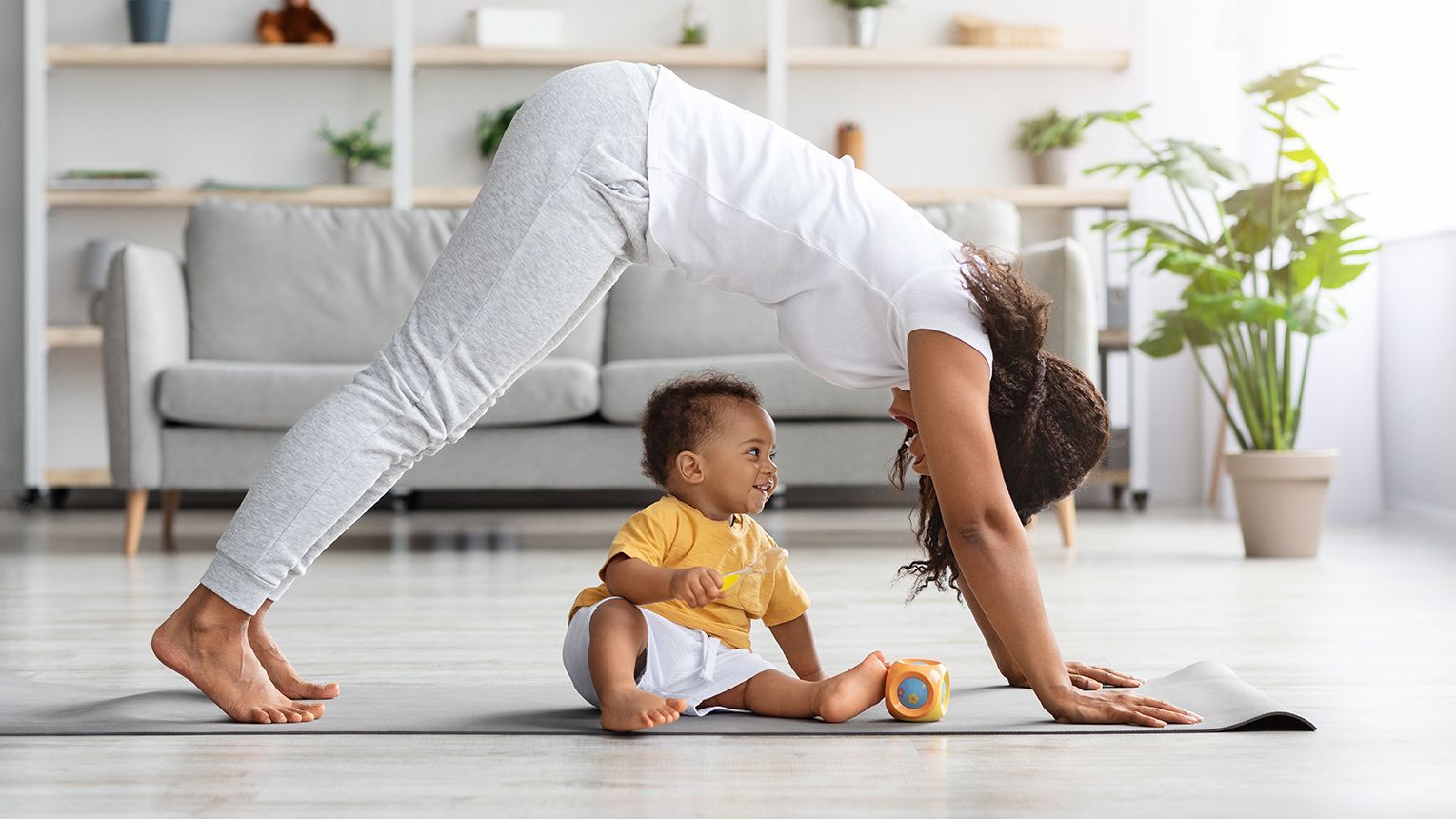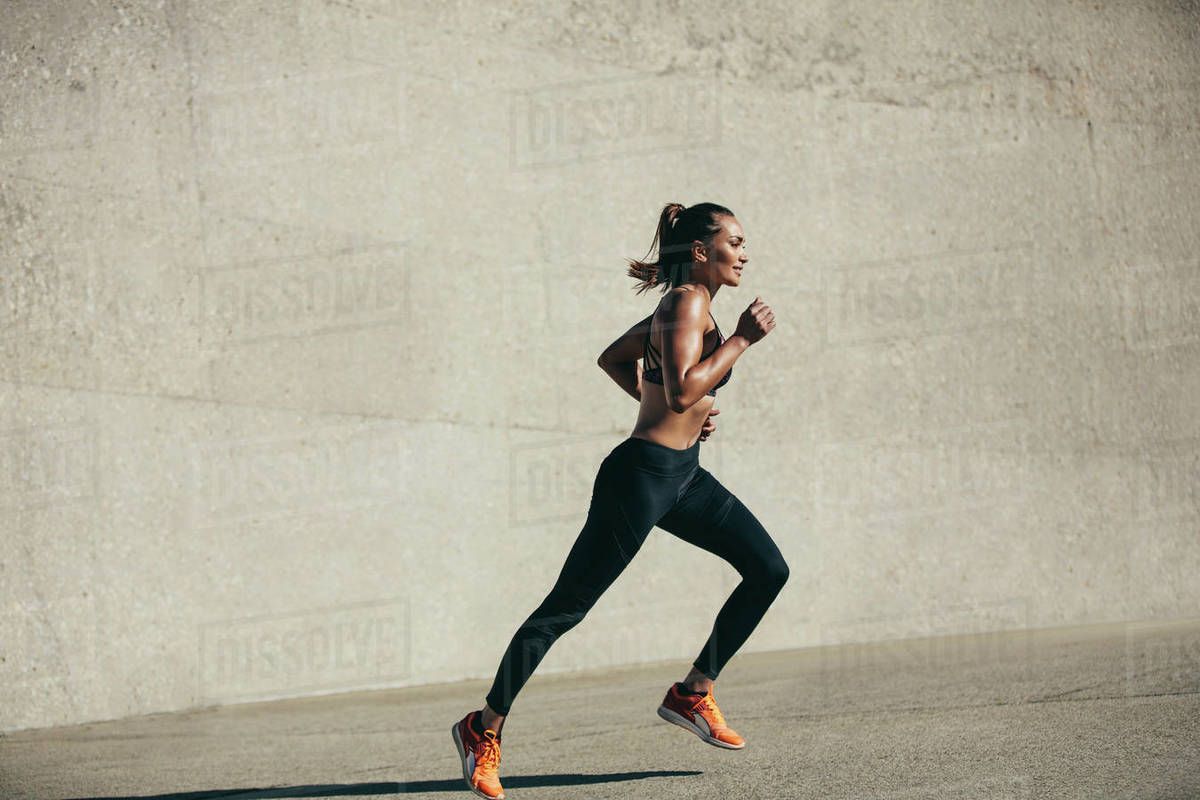How Much Should My Kids Be Exercising?
When most adults think about exercise, they picture workouts in gyms, going for a run, or lifting heavy weights. But for kids, exercise often means play, games, and being social. Exercise for children typically involves group activities such as playing tag, riding their bikes, and participating in club and team sports. So how important is exercise for kids and how much exercise should school-age children actually be doing each day?
The importance of exercise: Being active during childhood has many short and long-term health, social, emotional, and intellectual benefits. Active kids have stronger bones, muscles, and cartilage and are at a lower risk of developing certain diseases or becoming overweight. Active kids also sleep better – something no parent would object to. In addition to improving health, being active in childhood provides kids with opportunities to socialise and learn teamwork and cooperation skills. They are also more likely to have higher self-esteem and better mental health. Being active in childhood also results in better concentration in other aspects of life, such as in school.
Being active during childhood also has long-lasting benefits that continue into adulthood. Children who exercise are more likely to be active adults. There is also evidence to suggest that adolescent physical activity provides long-term benefits on bone health, reduces the risk of developing certain types of cancer, and improves aspects of mental health.
What are the different types of exercise kids need? There are three elements of fitness that children need: aerobic, strength, and flexibility. Aerobic exercise refers to endurance and improves the efficiency of the heart and the body’s ability to deliver oxygen to its cells. Aerobic exercise occurs during a game of soccer, or when swimming, skipping, or jumping.
Strength exercise develops muscles and bones. Doing strength exercises doesn’t necessarily mean lifting weights, rather, kids can improve their strength through climbing, doing handstands, or through body weight exercises such as push ups and sit ups.
Flexibility can be improved through stretching and allows bones and joints to move easily through their full range of motion, as well as increases blood flow to the muscles and helps prevent injuries. Activities for flexibility include dancing and gymnastics, martial arts, and stretches.
So how much exercise should kids be doing? It is recommended that children do at least 60 minutes of moderate to vigorous physical activity each day. This can be all at once or spread throughout the day. Strengthening activities should be incorporated at least 3 days per week and flexibility should be practiced daily.
How can you get your kids to be more active? Kids can exercise through play or organised sports such as netball or running. Team sports are especially good as they have a social aspect. It is also important to note that children model their parents’ behaviours. This means that if they see you exercise, they are more likely to do so as well. As such, exercising with your kids is another great opportunity to increase your and their physical activity and enjoy spending time together.
References
Australian Government Department of Health. (2021, May 6). For children and young people (5 to 17 years). Australian Government Department of Health. Retrieved March 21, 2022, from https://www.health.gov.au/health-topics/physical-activity-and-exercise/physical-activity-and-exercise-guidelines-for-all-australians/for-children-and-young-people-5-to-17-years
Dimitri, P., Joshi, K., & Jones, N. (2020). Moving more: physical activity and its positive effects on long term conditions in children and young people. Archives of disease in childhood, 105(11), 1035-1040.
Gavin, M. L. (Ed.). (2022, February). Kids and exercise (for parents) - Nemours KidsHealth. KidsHealth. Retrieved March 21, 2022, from https://kidshealth.org/en/parents/exercise.html
Hallal, P. C., Victora, C. G., Azevedo, M. R., & Wells, J. C. (2006). Adolescent physical activity and health. Sports medicine, 36(12), 1019-1030.
Lahti, A., Rosengren, B. E., Nilsson, J. Å., Karlsson, C., & Karlsson, M. K. (2018). Long-term effects of daily physical education throughout compulsory school on duration of physical activity in young adulthood: An 11-year prospective controlled study. BMJ open sport & exercise medicine, 4(1), e000360.
Morgan, P. J., Lubans, D. R., Callister, R., Okely, A. D., Burrows, T. L., Fletcher, R., & Collins, C. E. (2011). The ‘Healthy Dads, Healthy Kids’ randomized controlled trial: efficacy of a healthy lifestyle program for overweight fathers and their children. International journal of obesity, 35(3), 436-447.




